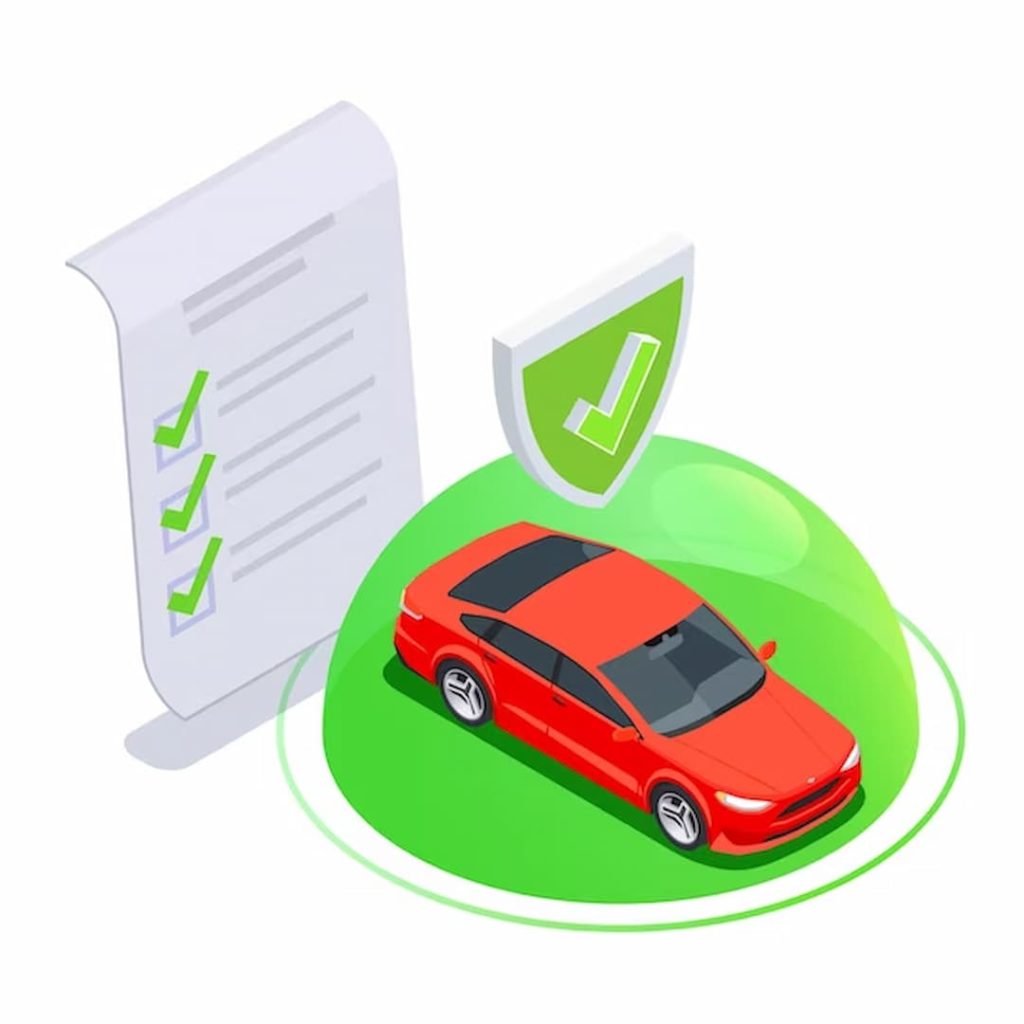As a driver in the U.S., I’ve been closely monitoring my car insurance premiums over the past year. To my dismay, the average annual premium for full coverage car insurance has skyrocketed by 26%, reaching an eye-watering $2,543 compared to last year. So, what’s fueling this upward trend? Let’s dive into the factors behind the surge and explore ways to navigate this maze of rising costs.

What’s Driving the Increase?
Several key factors contribute to the current state of car insurance rates:
Fewer Auto Mechanics – The scarcity of skilled auto mechanics has a direct impact on repair costs. With fewer professionals available, the price of fixing vehicles has surged, leading to higher insurance rates.
Tighter Supply of Used Vehicles – The pandemic disrupted supply chains, resulting in a scarcity of used cars. Insurers now face elevated costs when replacing damaged vehicles, which ultimately affects policyholders.
Soaring Health Care Bills – Medical expenses related to accidents have surged, and insurance companies are passing these costs on to consumers. Rising healthcare costs significantly contribute to the overall premium increase.
Uninsured Drivers on the Rise – Interestingly, as premiums have spiked, so too have the number of uninsured drivers. Some individuals are opting out of coverage due to affordability concerns, exacerbating the problem.
Geographical Impact on Premiums
Your geographical location plays a significant role in determining your car insurance costs. Here’s how it impacts the bottom line:
Population Density Matters – Areas with high populations tend to have more vehicles on the road, leading to increased accident risks. Consequently, car insurance premiums are higher in densely populated regions.
Traffic Congestion and Risk – Heavy traffic flow increases the likelihood of accidents. Insurance companies adjust premiums based on the risk associated with traffic congestion.
Accident-Prone Locations – Areas with a higher frequency of accidents are considered riskier for insurers. More accidents lead to more insurance claims, resulting in higher premiums.
Repair Costs – If a location has expensive motor repair services, insurance claims for repairs and replacements will be higher. Premiums account for these costs.
Environmental Factors – Areas prone to natural disasters (e.g., floods, earthquakes) increase the probability of vehicle damage. Residents in such areas may pay higher premiums.
Theft and Vandalism Risk – High crime rates related to car theft or vandalism directly impact insurance costs.
Strategies to Lower Your Premiums
As a proactive driver, consider the following strategies to potentially reduce your car insurance costs:
Choose Your Location Wisely – If you live in a densely populated city, consider using public transportation or carpooling to reduce your mileage. Urban areas often have higher accident rates, which can affect premiums. On the other side, residing in a rural location tends to result in lower car insurance costs. So, make sure to ask your insurer about discounts for low-population density regions.
Cultivate Smart Driving Habits – Follow all traffic rules to avoid violations as repeated infractions can lead to higher premiums. Moreover, driving on highways may increase risk. So, consider alternative routes to reduce your premium.
Explore Usage-Based Insurance – Some insurers offer usage-based policies that track your driving behavior. Drive less, and you may qualify for lower premiums.
Remember, each insurance company has its unique policies and discounts. Explore your options to find the best fit for your location and driving habits. Stay informed and steer your way toward more affordable coverage!







